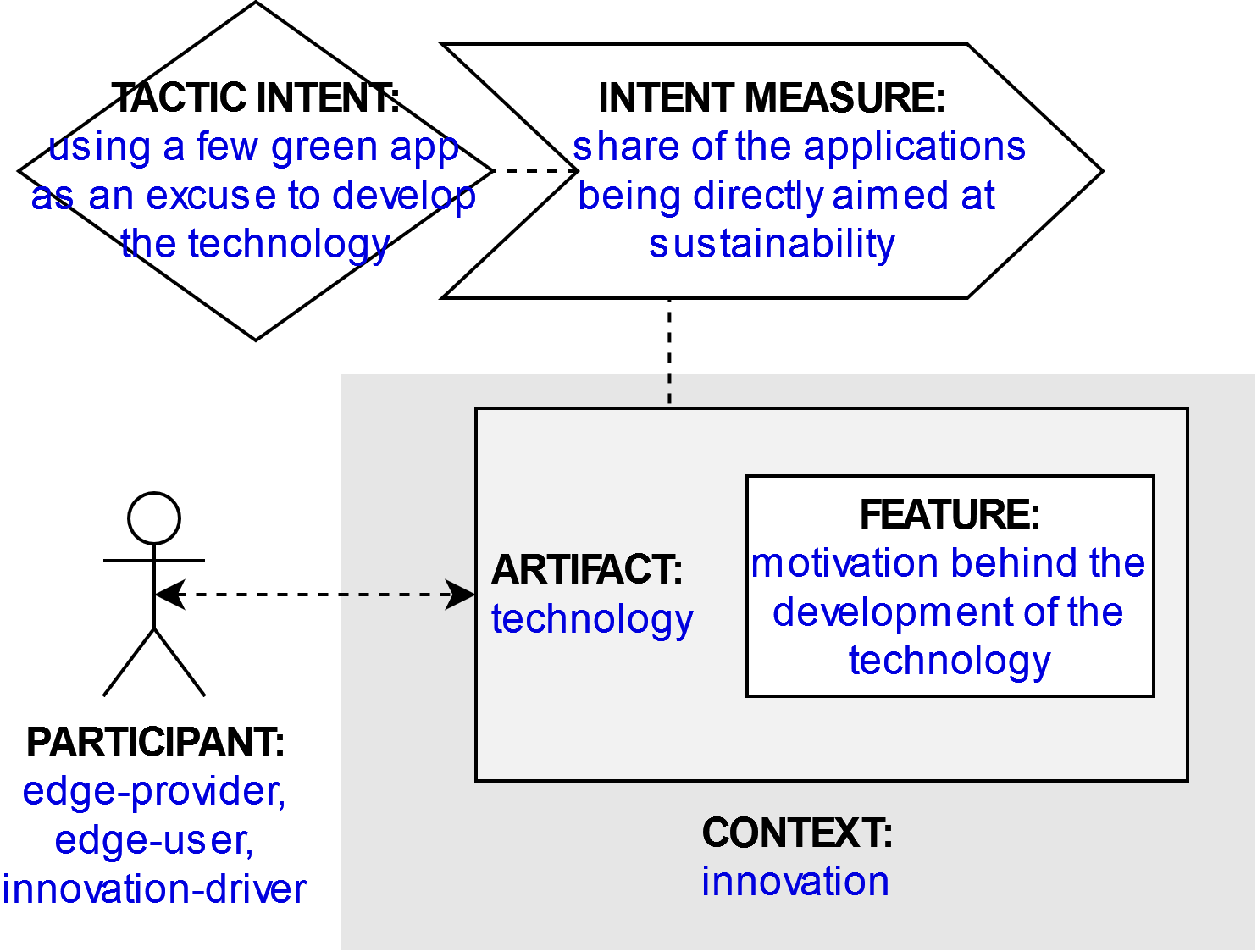All Tags
AWS
ai
algorithm-design
architecture
browser
cloud
cloud-efficiency
cloud-principles
cost-reduction
data-centric
data-compression
data-processing
deployment
design
documentation
edge-computing
email-sharing
energy-efficiency
energy-footprint
enterprise-optimization
green-ai
hardware
libraries
llm
locality
machine-learning
maintainability
management
measured
microservices
migration
mobile
model-optimization
model-training
multi-objective
network-traffic
parameter-tuning
performance
queries
rebuilding
scaling
services
storage-optimization
strategies
tabs
template
testing
workloads
Tactic: Green-washing
Tactic sort:
Dark Tactic
Type: Unsustainable Pattern
Category: edge-computing
Tags:
Title
Green-washing
Description
Edge-enabled applications with a positive impact on sustainability are sometimes mentioned, for example in the area of environmental monitoring or renewable energy management. Added to the common promises of the edge paradigm (more energy-efficient, more decentralized), there is a potential for greenwashing from ICT companies or lobbies, i.e., “the act of misleading consumers regarding the environmental practices of a company or the environmental benefits of a product or service” [14 ]. An example is the report published by the cooperation of ICT firms Global e-Sustainability Initiative predicting a saving of 20% of the world’s CO2 emissions thanks to ICT technologies from 2015 to 2030. This report has been relayed by many companies and in numerous press articles to highlight the reduction potential even though its methodology has been highly criticized.
Participant
edge-provider, edge-user, innovation-driver
Related artifact
Technology
Context
Innovation
Feature
Motivation behind the development of the technology
Tactic intent
Using a small fraction of “green” applications as an excuse to develop the technology which will mainly be used for other purposes
Intent measure
Share of the applications being directly aimed at sustainability
Countermeasure
Raise awareness about greenwashing, increase regulation or improve transparency of environmental reporting.
Source
*The Dark Side of Cloud and Edge Computing* by Klervie Toczé, Maël Madon, Muriel Garcia and Patricia Lago (DOI: https://doi.org/10.21428/bf6fb269.9422c084)Graphical representation
